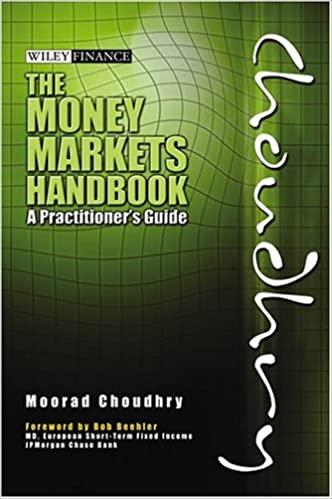Answered step by step
Verified Expert Solution
Question
1 Approved Answer
In doing a five-year analysis of future dividends, the Dawson Corporation is considering the following two plans. The values represent dividends per share. Use Appendix
In doing a five-year analysis of future dividends, the Dawson Corporation is considering the following two plans. The values represent dividends per share. Use Appendix B for an approximate answer but calculate your final answer using the formula and financial calculator methods. Year 1 2 3 4 5 Plan A Plan B Plan A $1.00 1.00 1.00 1.50 1.50 a. How much in total dividends per share will be paid under each plan over five years? Note: Do not round intermediate calculations and round your answers to 2 decimal places. Plan A Plan B Plan B $ 0.10 1.20 0.30 4.00 1.60 Total Dividends b-1. Mr. Iright, the Vice-President of Finance, suggests that stockholders often prefer a stable dividend policy to a highly variable one. He will assume that stockholders apply a lower discount rate to dividends that are stable. The discount rate to be used for Plan A is 9 percent; the discount rate for Plan B is 14 percent. Compute the present value of future dividends. Note: Do not round intermediate calculations and round your answers to 2 decimal places. Present Value of Future Dividends b-2. Which plan will provide the higher present value for the future dividends? O Plan A O Plan B

Step by Step Solution
There are 3 Steps involved in it
Step: 1

Get Instant Access to Expert-Tailored Solutions
See step-by-step solutions with expert insights and AI powered tools for academic success
Step: 2

Step: 3

Ace Your Homework with AI
Get the answers you need in no time with our AI-driven, step-by-step assistance
Get Started


